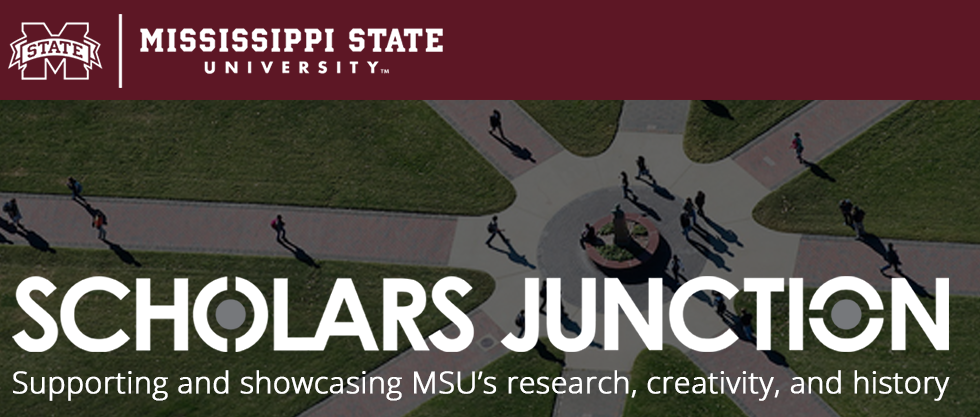Degree
Bachelor of Science (B.S.)
Major(s)
Physics
Document Type
Immediate Open Access
Abstract
The question of how the spin of the proton and neutron arise from the angular momentum of the constituent partons is very pressing in the study of nuclear structure. As of yet, there has been no experimental method able to directly probe the angular momentum states of quarks. However, in recent years, several groups have shown that it is possible to produce coherent beams of electrons which carry definite, quantized units of Orbital Angular Momentum (OAM). These "twisted" electrons have the potential to be applied to nuclear scattering experiments, as using the twistedness as an experimental degree of freedom may allow for a measurement of the OAM of the partons. In an effort to determine the feasibility of such studies, it must be shown that twisted electrons can be accelerated to very high energies and maintain unique properties that differentiate them from non-twisted electrons. To this end, a more detailed picture of the Mott Scattering cross section of twisted electrons is sought, as the Mott Scattering process could serve as a diagnostic tool in an experimental setup to verify that a beam of electrons is carrying OAM. Using theoretical calculations as a basis, a Monte Carlo simulation of the relativistic twisted electron Mott Scattering cross section has been developed, which averages over all possible initial and final states to provide a more complete and realistic scattering cross section.
Date Defended
5-15-2016
Thesis Director
Dutta, Dipangkar
Second Committee Member
Oppenheimer, Seth F.
Third Committee Member
Arnoldus, Henk
Recommended Citation
Madsen, John K., "Phase space simulation of relativistic twisted electron Mott scattering" (2016). Honors Theses. 9.
https://scholarsjunction.msstate.edu/honorstheses/9


